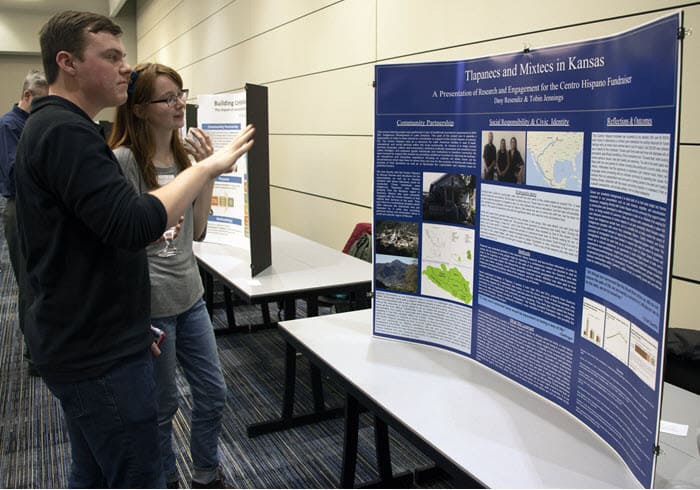At AAC&U, insights on who we are and where we need to go
At AAC&U, insights on who we are and where we need to go
The annual conference of the Association of American Colleges and Universities(link does not exist) offered many thought-provoking sessions, teaching tips and discussions about the future of higher education. I wrote earlier about some of the themes. Here’s a sampling of some of the other ideas that stood out.
The importance of engaged learning
